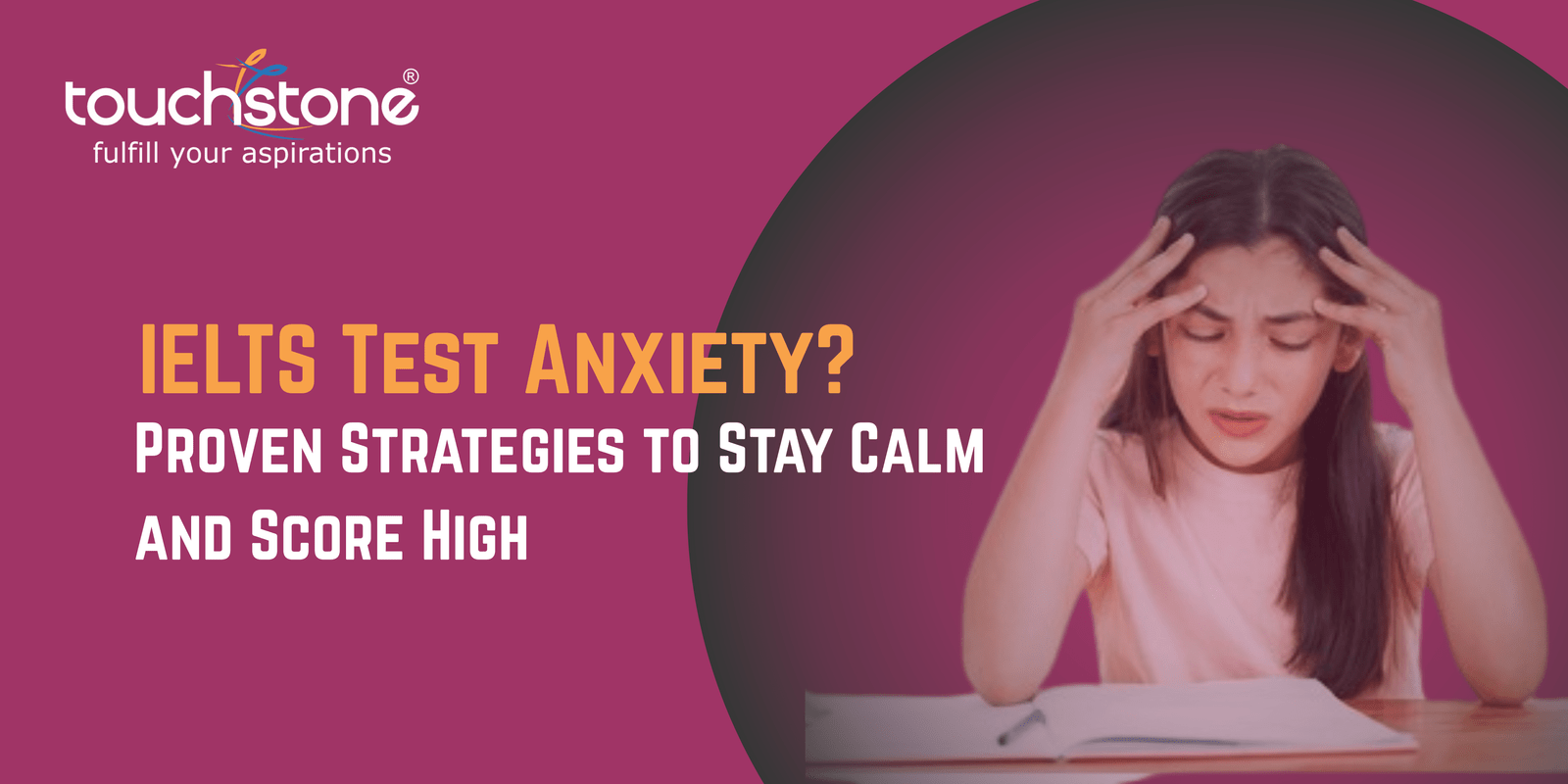The big backyards of British Columbia inspire introspective personal journeys & unbridled adventures.
Set on the doorstep of the wild, it is one of the most appealing cities in Canada to work, study, live and thrive.
The People
British Columbia communities are culturally, ethnically, and linguistically diverse with a significant percentage of immigrants from all over the world. People from all spheres create a vibrant society that welcomes students and new British Columbians from across the world.
Climate
The large province of British Columbia enjoys a significantly diverse range of climate from one region to the other. Areas along the southern coast enjoy a mild climate year-round. Summers on the coast are warm with daytime temperatures around 20 degrees celsius, while the interior and central regions face 30 degrees celsius during summers. Winters are colder and snowier than in the coastal regions.
Education
More than 4,26,000 students are enrolled in at least one course at one of the post-secondary institutions in British Columbia – taking classes within campuses, satellite locations or learning centers throughout the province. Their education offers greater returns on investment, be it a diploma or degree and churns out some of the best-performing students.
High Standard Of Living
The United Nations Human Development Index has consistently ranked Canada as one of the world’s best countries to live in. It is best known for its highest standard of living with the most affordable regions.
Land Of Opportunities
Being part of one of the largest trading nations in the world, British Columbia has the best educated and highly skilled workforce. By offering low business taxes, the province has a long track record of welcoming investors from around the world.
Nature is more than just a landscape, more than the backdrop to a holiday: British Columbia proves this to you! This mountainous area in the western province is a land of diversity and contrast within smaller regions. There is a lot to celebrate about British Columbia
To know more, visit https://www.educationplannerbc.ca/








